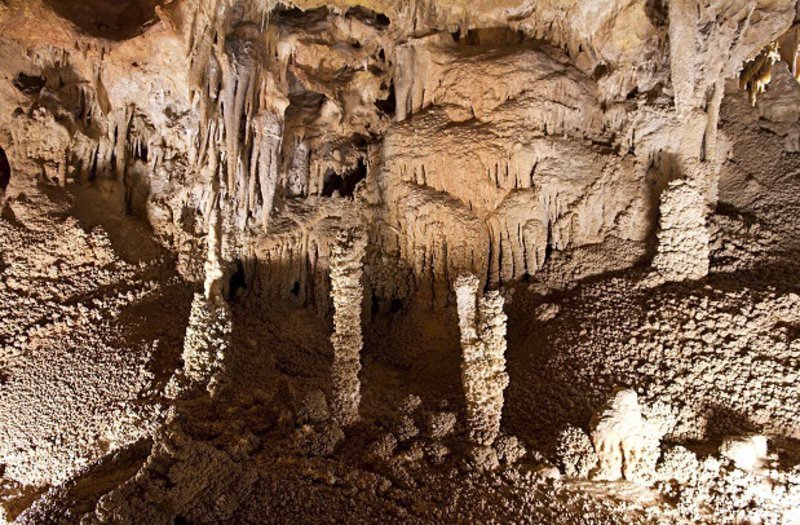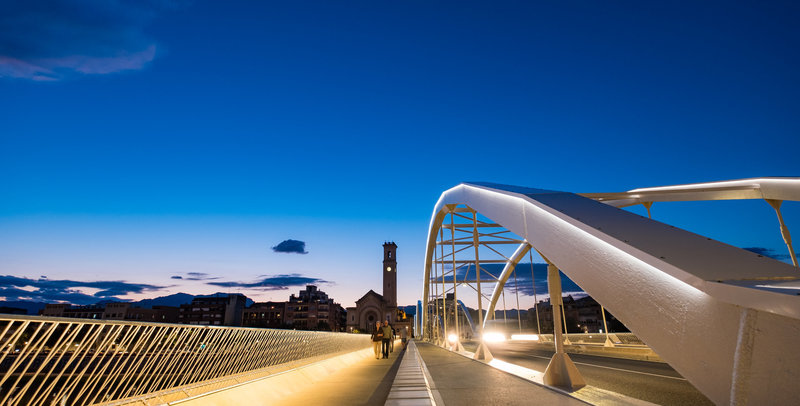Tortosa, the enchanting city
There are few small cities that are not major capitals that have the significance of Tortosa, with its 2,000 years of history. Every corner of its beautiful old town recalls the past. The Iberians chose what is now the capital of the Lower Ebre region to settle there. As proofs of its splendid past, which saw Romans, Muslims, Jews and Christians all settle in the city, Tortosa boasts the impressive La Suda Castle, the Santa Maria Cathedral and various elegant Modernist buildings. Not in vain is it called “the city of three cultures”: Christian, Jewish and Arab.
The Ebre River is one of Tortosa’s great treasures. Crossing the middle of the city, the river can be contemplated from its bridges and riverside paths. Visitors can also discover the special charm of the Ebre aboard the boat Lo Sirgador, which sails its entire trajectory through the city. A sunset aboard the boat contemplating the river and the sun hidden behind the Els Ports massif are unrepeatable experiences.
Tortosa is located between the Delta and Els Ports Natural Parks. Its proximity to the natural wealth of these beach and mountain environments makes Tortosa an ideal destination for discovering the entire region. The city is surrounded by nature and offers multiple activities to enjoy the open air, such as taking a bicycle route along the Greenway, going on a mountain tour or sailing along the river or the Delta.
Historically, Tortosa is unique. It is one of the few places where the three great cultures and monotheistic religions coexisted in the low Middle Ages: Christian, Muslim (Saracen) and Jewish. In 1148, once Ramon Berenguer IV had taken the city from the Muslims, who had dominated it since the 8th century, the Saracen and Jewish communities were allowed to stay, the latter having been settled in Tortosa since the Roman period. The three communities lived in Tortosa in relative peace for centuries. A stroll through the old town, which is highly recommended, provides visitors with the chance to discover the vestiges of this multicultural past.
Caves in Benifallet
In the municipality of Benifallet, in the heart of the Sierra de Cardó, there are spectacular underground caverns to be discovered, known as the Aumidiella caves, along with archaeological finds from the Neolithic Age. A group of Barcelona scientists discovered new ones between 1967 and 1968, among them the “Cave of Wonders”, which now lends its name to the whole cave network. The latter is open to visitors, runs half a kilometre in length and is full of surprises.




